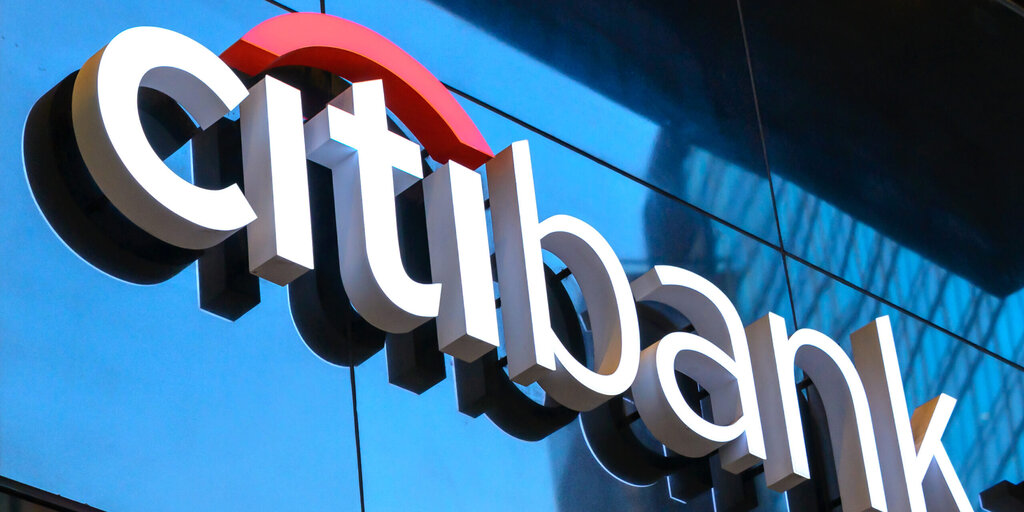Central banks are exploring the issuance of digital currencies to promote financial inclusion and provide easier access to money for unbanked populations, with the potential to reduce dependence on cash, increase local currency adoption, and impact the role of international currencies such as the US dollar.
Tokenization of real-world assets on the blockchain is rapidly gaining momentum, offering benefits such as transaction speed, liquidity, cost-savings, and round-the-clock access, with experts predicting it to become a $16 trillion industry by 2030. Over 70% of financial leaders expect to use tokenization in their businesses, with potential impacts on asset trading, real estate transactions, derivatives, and carbon markets. Tokenization unlocks liquidity, enhances security and data protection, reduces transaction costs, and enables programmability and automation, making it a key driver of digital asset adoption and a fundamental shift in business operations.
Singaporean financial institution DCS Card Centre has launched its payment token, DCS Tokens (DUS), on the PlatON Network, making it the first institution to bridge the gap between Web2 and Web3 ecosystems in response to Singapore's Single-Currency Stablecoin Regulatory Framework.
The Tokenized Asset Coalition, consisting of industry leaders such as Coinbase and Circle, aims to promote the tokenization of traditional financial assets on a blockchain to bring the "next trillion dollars of assets" on-chain through education, advocacy, and fostering adoption of public blockchains and decentralized finance.
Stablecoin issuer Circle Internet Financial has released Perimeter Protocol, an open-source smart contract codebase that allows for the development of tokenized credit markets, enabling various credit use cases such as invoice factoring, payroll advances, instant settlement, and credit trading for institutional investors. This move comes as the tokenization of real-world assets gains momentum, with tokenized assets predicted to grow to a $5 trillion market in the next five years. Circle aims to leverage the protocol to enhance the utility of its stablecoin USDC and Euro-pegged token EURC in decentralized finance (DeFi) credit platforms.
The French central bank views central bank digital currency as the catalyst for improving cross-border payments and the foundation of a new international monetary system.
Australia's central bank is studying the potential launch of a central bank digital currency (CBDC) and exploring the benefits of tokenised money, which could save billions of dollars in costs in domestic financial markets.
Australia's central bank is exploring the potential of tokenised money and the launch of a central bank digital currency, which could save billions of dollars in costs in domestic financial markets and bring increased liquidity and transaction savings to issuers in capital markets.
